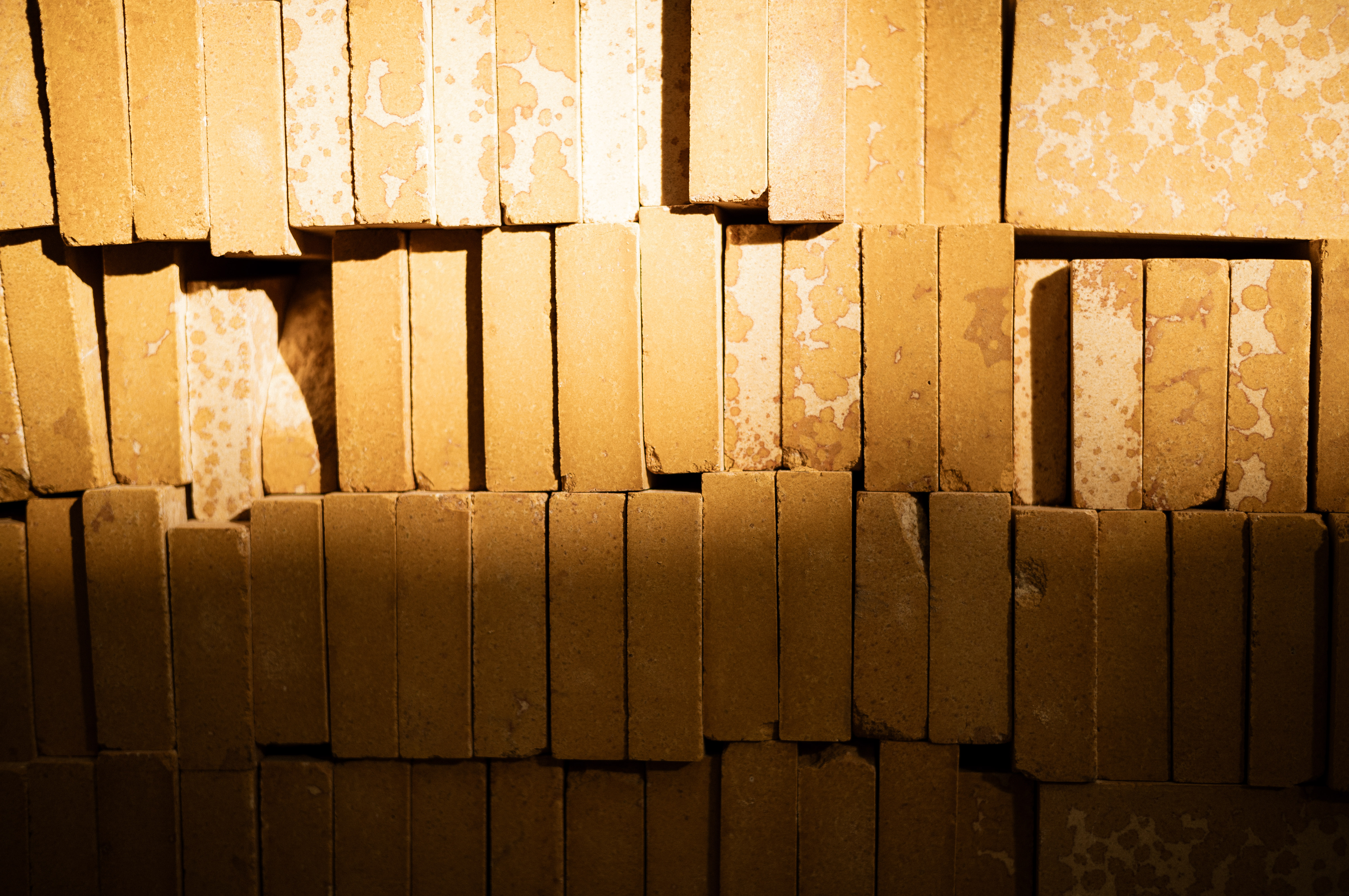Address
No.108 Huaguang Road,Zibo City,Shandong Province,China
Work Hours
Monday to Friday: 9AM - 5PM
Address
No.108 Huaguang Road,Zibo City,Shandong Province,China
Work Hours
Monday to Friday: 9AM - 5PM

In an era of rapid technological advancement, several other industries such as metallurgy, cement production, and energy generation will still be faced with heat management challenges perpetrated by the exceedingly high temperatures within their processes. Keeping with thermal efficiencies will guarantee not only operational safety but will also go a long way in reducing otherwise high energy costs. This is where refractory products come in: they are meant to withstand extreme temperatures and form the backbone of any high – heat industrial process. In this context, the article will take on a specific look into the science of refractory materials by explaining the various roles they play in achieving effective thermal efficiencies.
Refractory materials are special types of materials, usually containing oxides of aluminum, silicon, silicon carbide, and magnesium, where blending is often in combination with each other. Refractory materials are generally made as per the demands of the application areas. That is, each material must deliver temperature, mechanical strength, chemical inertness, and a number of other combined properties.
The most common types of refractory materials are primary fireclay refractories created for lower – grade temperature applications; high – alumina refractories are furthermore appropriated to higher – temperature applications with thermal shock and chemical corrosion resistance; silica refractories that have high melting points, being used in manufacturing glass and steel; and magnesia refractories, full of high resistance against the alkaline environment, are utilized in kiln settings while producing cement and lime.
Thermal efficiency is defined as the measure of transfer or generation of heat to perform useful work or retain heat within a given system. If heat is not carefully managed, heat losses can reduce the thermal efficiency, raise operational costs, and expose new equipment to serious risks. Since quality refractory materials have a low thermal conductance, heat would not flow quickly out of the system to the surroundings, and this leads to low energy consumption.
Refractory materials are designed to line furnaces, kilns, incinerators, and reactors, which then serve to insulate the system while at the same time protecting equipment from thermal stresses. Since they are resistant to high temperatures, refractory materials create less wear and tear on hot equipment, extending the life of industrial machines.
Some processes may require a certain temperature range maintained for effective results. Therefore, refractories ensure uniform temperature conditions and hence quality assurance of products and improved process efficiency.
There have also been significant developments within the refractory scene over the years. Most modern refractory products now have advanced ceramic and composite materials, further increasing performance. One remarkable move is having certain refractories manufactured with more porosity, thereby enhancing their insulating properties. Others involve nanotechnology in order to enhance the thermal shock resistance together with mechanical strength.
Vuulcan is one actual stakeholder in that regarded as a key manufacturer of refractory products. With modern and efficient production capabilities in China, Vuulcan has been playing a significant role in designing innovative solutions for the refractory space that fits the grueling needs of various industries. Their products are promises of stability, thermal efficiency, and removability, which are acknowledged by many global clients.
Selecting the right refractory material follows multiple factors—operating temperature, chemical environment, or mechanical stress.
Types of Refractory Materials
Effective heat management is critical to all industries operating under high temperatures. The unique feature of refractory products is to guarantee thermal efficiency, lower energy costs, and protection of equipment. Taking into account the state of the art in refractory technology, companies such as Vuulcan are entering the market with innovative solutions that meet the demands of the modern industry. Industries such as steel production, energy generation, or any other industry that confronts high heat should invest in proper high – quality refractory materials in order to achieve better thermal efficiency. Any kind of industry with a running operation at high temperatures must manage heat effectively. These are the unacclaimed heroes behind ensuring thermal efficiency and, thus, energy conservation, alongside the protection of equipment from earlier forms of heat damage. With advancements in refractory technology, companies like Vuulcan are once again frontiersmen of the new and necessary flavors demanded by modern industries. Paying for superior refractory materials is already the first step toward thermal efficiency in an industry with high temperatures, be it steel production, energy generation, or otherwise.